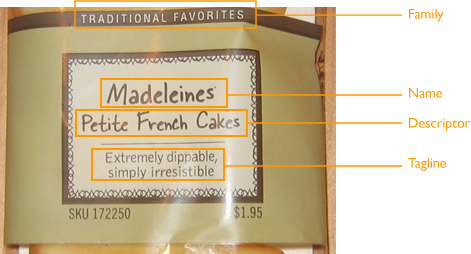Looks like Dave Sifry at Technorati has drunk the Clay Shirky Koolaid on tagging and social bookmarking. Here’s something from Dave’s posting State of the Blogosphere, August 2005, Part 3: Tags, that shows he’s clearly joined the academy of received ideas.
“Unlike rigid taxonomy schemes that many people dislike using, the ease of tagging for personal organization with social incentives leads to a rich and discoverable system, often called a folksonomy. Intelligence is provided by real people from the bottom-up to aid social discovery. And with the right tag search and navigation, folksonomy may outperform more structured approches to classification, as Clay Shirky points out…”
I’m disappointed to see this. The quality level of Shirky’s thinking and writing related to tagging is generally low; too often he’s so completely off the mark with much of what he’s said about tagging, social bookmarking, and categorization in general that his main contribution is in lending a certain amount of attention by virtue of name recognition to a subject that used to be arcane.
There’s little need to rehash the many, many individual weaknesses in Shirky’s writings, just one example of which is his establishment of a false dichotomy separating structured categorization systems and social tagging practices. Broadly, his approach and rhetoric show strong influence from anarchism, and utopian social theory.
From Shirky:
“There is no fixed set of categories or officially approved choices. You can use words, acronyms, numbers, whatever makes sense to you, without regard for anyone else’s needs, interests, or requirements.”
Further, “…with tagging, anyone is free to use the words he or she thinks are appropriate, without having to agree with anyone else about how something “should” be tagged.”
Building back on the criticique of computerization, it’s clear that Shirky uses rhetorical strategies and positions from both technological utopianism and anti-utopianism.
Here’s Professor Rob Kling on technological utopianism:
“Utopian images are common in many books and articles about computerization in society written by technologists and journalists. I am particularly interested in what can be learned, and how we can be misled, by a particular brand of utopian thought — technological utopianism. This line of analysis places the use of some specific technology, such as computers, nuclear energy, or low-energy low-impact technologies, as key enabling elements of a utopian vision. Sometimes people will casually refer to exotic technologies — like pocket computers which understand spoken language — as “utopian gadgets.”
Technological utopianism does not refer to these technologies with amazing capabilities. It refers to analyses in which the use of specific technologies plays a key role in shaping a benign social vision. In contrast, technological anti-utopianism examines how certain broad families of technology are key enablers of a harsher and more destructive social order.”
That Shirky would take speak from this standpoint is not a surprise; he’s identified as a “Decentralization Writer/Consultant” in the description of his session “Ontology is Overrated: Links, Tags, and Post-hoc Metadata” at etech, and it’s clear that he’s both technologist and a journalist, as Kilng identifies.
Regardless of Shirky’s bias, there is a bigger picture worth examining. Tagging or social bookmarking is one potential way for the community of social metadata system users to confront problems of individual and group information overload, via a collective and nominally unhierarchical approach to the emergent problem of information management across common resources (URIs).

